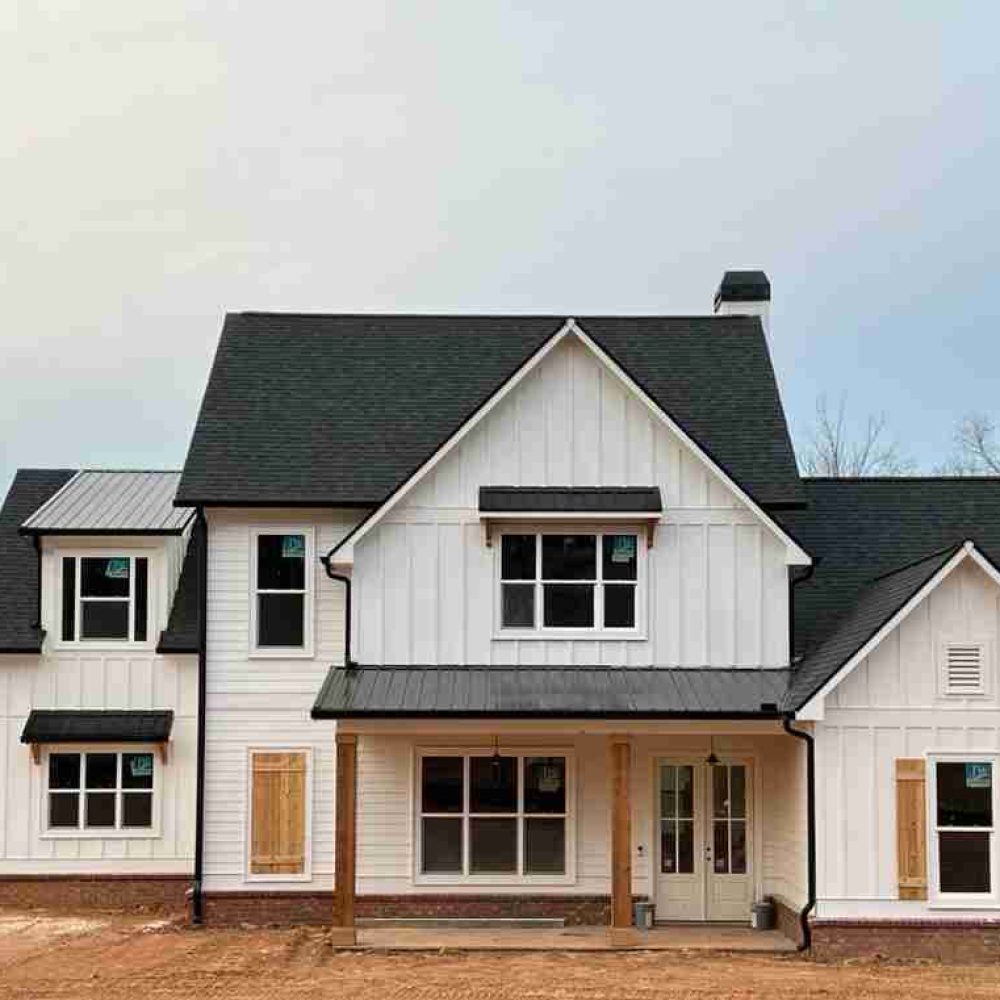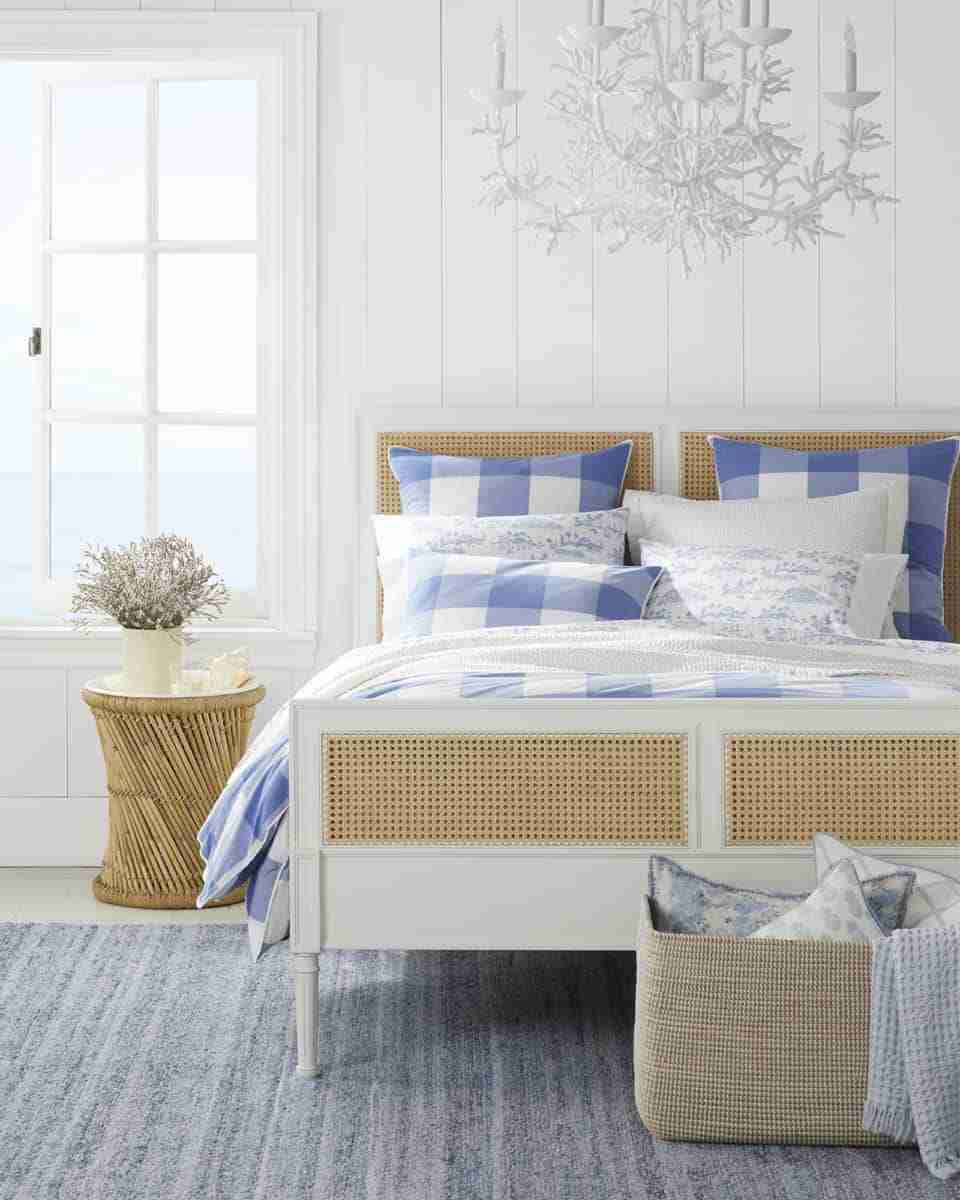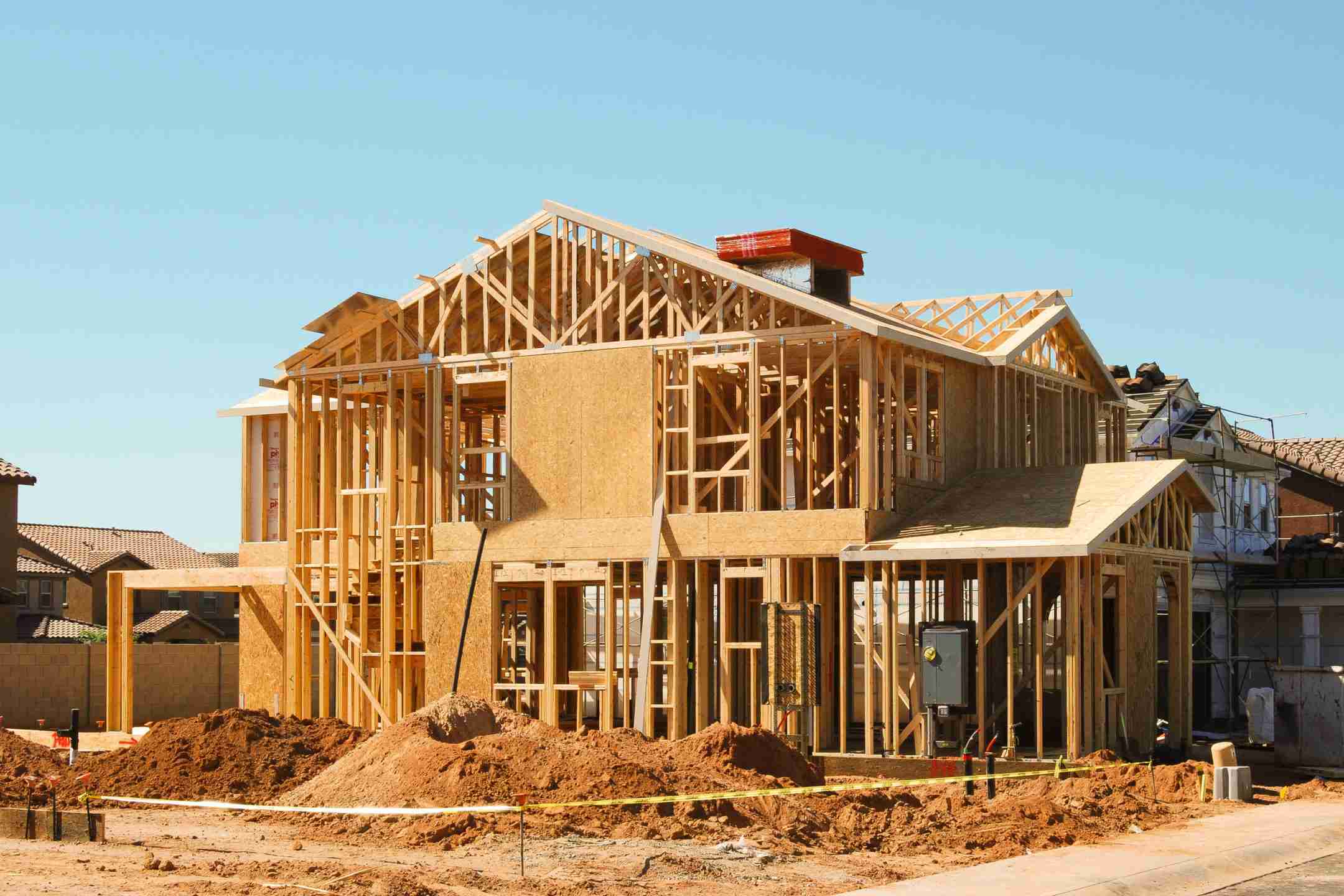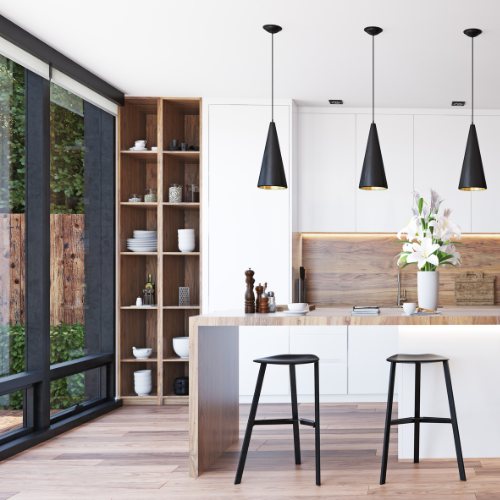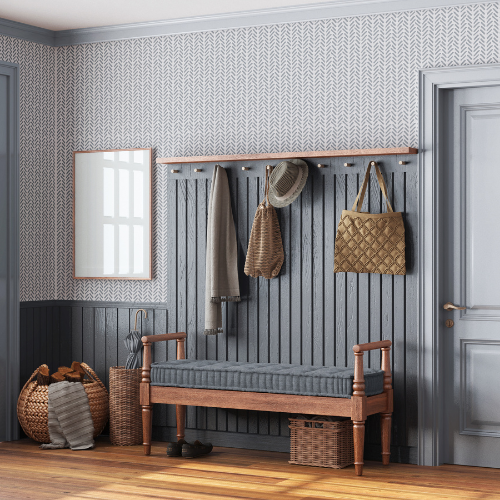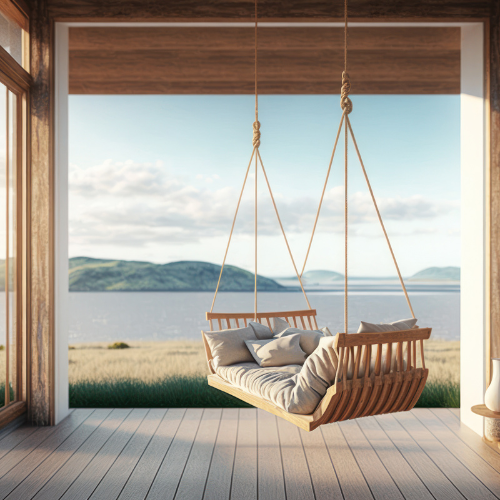If you’re considering building a custom home, this checklist will guide you from the start. It includes setting a budget, deciding on a timeline, and finding the perfect plot of land.
This is a great chance to design a home that meets your needs instead of changing an existing one. You can choose everything from the small details like doorknobs and countertops to big things like room arrangement and heating systems. To start, think about how you want to use the space and use the questions and suggestions in this section to help you create your architectural plan.
How to Determine the Size, Layout, and Design Preferences for Your Home:
- Check for any restrictions on the size of your home.
- Decide how many stories you want your home to have.
- Identify the rooms you need and want in your home.
- Consider the aspects of your lifestyle that you want to be incorporated into your home.
- Think about the type of layout you prefer.
- Determine the structural features you want in each room.
- Choose your design and style preferences.
- Decide if there are any special features you want to be included, such as fireplaces or heated floors.
- Consider incorporating green design principles.
This is guidance on how to assemble your team for building a custom home. It specifically recommends hiring an architect and general contractor and offers a set of questions to ask before making any hiring decisions. Additionally, it offers tips for finding the right individuals for the job and includes advice on monitoring the building process once construction has begun.
To start a new build construction project, follow these overarching steps:
- Find and hire an architect.
- Get pre-approved for a construction loan or a new home loan for your estimated build cost
- Look for and hire a general contractor.
- Determine if you need any other team members, such as a landscape architect or interior designer.
- Keep track of the building process, like insurance, permits, payments, inspections, clean-up, and landscaping.
- Finally, move into the new space and enjoy your finished project!
Part 1: Let's Begin: How to Build a Custom Home
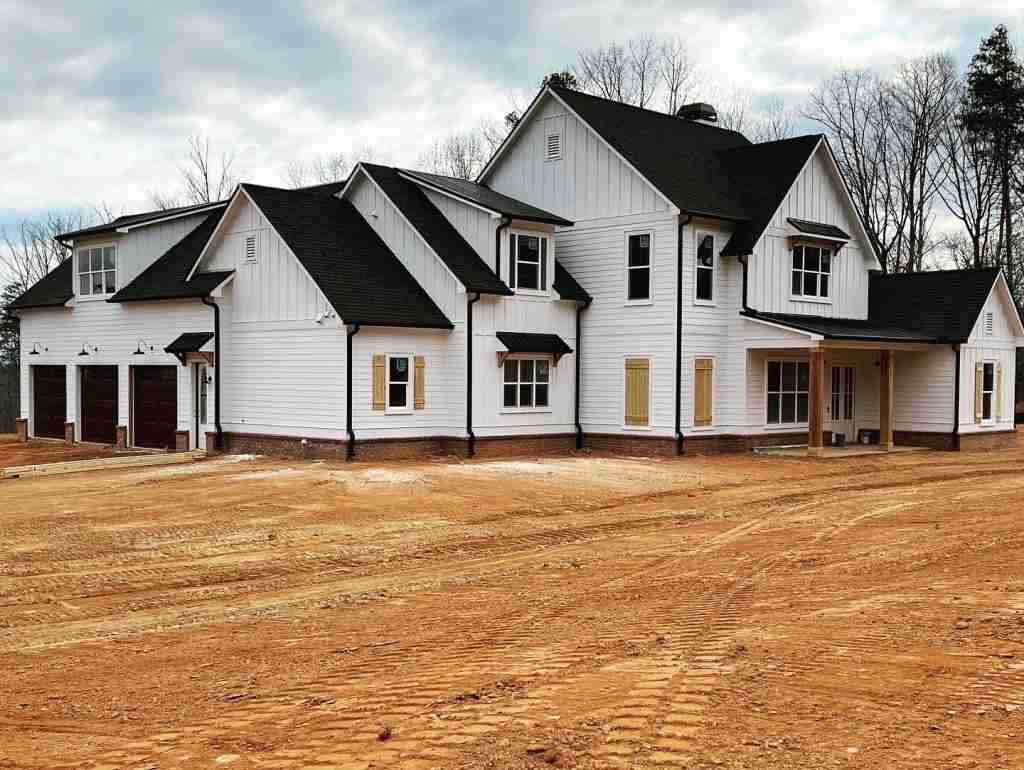
It is important to know your budget as prices for new homes can vary greatly, ranging from $80 to $200 or more per square foot. Without this information, it is difficult to determine the size of the home you can afford and where it can be located or what design features can be included.
- When budgeting, consider the following expenses:
- The price of the land
- Local taxes and fees
- Fees for designing and engineering
- Construction costs for the home
- Landscaping expenses
- Interior decorating and furniture costs
- Additionally, allocate a contingency budget
Finding the right loan
If you plan on taking out a construction loan, it’s important to check your credit report and fix any errors. Your credit score will affect the loan you can receive. Additionally, it’s a good idea to speak with multiple lenders to get the best interest rates. When considering mortgage options, think about whether a fixed or variable rate, 12 or 30-year loan, or FHA or traditional loan is best for you and your family. Finally, talk to your family and financial advisor to figure out a realistic down payment. What is your timeframe?
Everyone wants their home finished as soon as possible. You probably have a general date you want your project finished by. But is there anything specific you should take into account when determining when you need to start and finish?
Considerations:
- Is there a new baby on the way?
- When is the closing on your current home or the end of a lease?
- Does your children’s school year affect when you want to move in?
Could the seasons in your area cause any setbacks? If you live in a rainy or snowy climate, for example, this won’t cause major setbacks but should be taken into consideration when setting a start date if you have a strict deadline.
Selecting the land for your custom home.
The location where you construct your home is equally significant as the building process itself. Your house’s position will impact your structural and aesthetic preferences and limitations.
Consider these factors when choosing a plot of land:
- the size of the lot
- the proximity of neighbors
- terrain
- solar orientation
- natural surroundings, and existing trees
- the architectural style of neighboring homes
- access to resources like water and power
- whether you prefer a scenic view or privacy
Consider consulting with a professional such as an architect or contractor to inspect the property you want to purchase. This step is optional but may prevent future complications by confirming that your plans for the land are feasible.
Before deciding on a lot, make sure to do your research.
- Look into its zoning, wetlands, septic connections, and energy code. These all have an impact on what you can build. For instance, zoning can determine the minimum distance from the street, the height of your house, and whether or not you can add an in-law suite. If the lot is situated in a historic district, there may be additional regulations on the appearance and construction materials of the home.
- Research the value of homes in the nearby area. Building a $2 million house in a significantly less expensive neighborhood may not be ideal.
- Meet your neighbors. Talking to the neighbors is a great way to determine if the neighborhood is suitable for your family.
- What are the ratings of the schools close by? Is this the right district for your family?
Part 2: Designing Your Custom Home

If you haven’t done so already, establish a budget and timeline and begin searching for properties. Refer to Part 1 of the checklist for more information. The next step is to create an architectural program that outlines the objectives for your custom home. It’s best to start working on the program before hiring an architect.
Use the sections provided to develop your architectural program. To ensure that your ideas are implemented into a functional design, it is crucial that you discuss them with your architect who has the training and expertise to know what is feasible. That’s why it’s recommended to hire an architect as soon as possible.
When creating your architectural program, remember these tips:
Start by thinking big and coming up with unique ideas. As you progress, you can adjust your ideas to fit within the constraints of budget, zoning, timeframe, and land availability. Categorize your needs, wants, dreams, and don’t wants. Identify the rooms that are most important to you and prioritize them accordingly.
Prioritize your desired features to rank them by importance. This will assist you in making difficult decisions later when the prices of custom homes vary greatly. Additionally, consider playing the “what if” game to prepare for scenarios where things may not go as planned. Ask yourself, “What if XYZ happens?” and determine your next available choice or option.
Start searching for pictures of things that you like and dislike. You can use websites like Pinterest as a starting point. Additionally, you can cut out pictures from magazines like Homes & Gardens and Architectural Digest to add to your collection. Ask yourself: is there anything specific about your current home that simply doesn’t work for you?
What size should your home be?
To design a custom home, you need to know the available space. Determine the size considering factors like zoning restrictions, neighborhood ordinances, and lot layout. Check if there are any limitations on height and square footage.
Consider the number of rooms you require. Determine the number of bedrooms and bathrooms you need. Also, decide which of the following spaces are necessary or desired: formal and/or informal living areas, home office, mudroom, eat-in kitchen, formal dining room, children’s playroom, media room, dedicated laundry room, home gym, garage (if so, how many cars?), basement and/or attic, in-law suite, and workshop.
Build your lifestyle into your home
Do you have any hobbies or interests that we should consider when designing your custom home? If you enjoy biking, we can make sure there is storage space for your bikes. If you are a musician, we can include a soundproofed studio. If you are an artist, we can create a custom studio space. And if you are a woodworker, we can build your dream workshop. Whatever your interests may be, we can design your home to accommodate them.
Here are other factors that you may want to think about:
- Do you require an area to showcase your artwork?
- Are you in need of storage for books? Would you prefer wall space for bookshelves or built-in shelves?
- If you are a musician, you might want to consider having a dedicated area for playing that will prevent sound from escaping.
Think about the layout
After determining the number of rooms and available space, consider the layout options which can impact traffic flow, privacy, and interaction between guests and residents. To get an idea of possible layouts, browse through available floor plans. Check out the examples on our available homes page to see what styles you prefer.
Questions to ask yourself:
Would you prefer an open interior layout or separate spaces?
Do you want formal and informal areas to be separated?
If it’s a multi-story house, what do you need on the first floor and what do you want on the second or higher floors?
Would you like a private entrance and how many entrances do you want? Do you want any specific room to have access to the outdoor area?
How do you want the interaction between indoor and outdoor space; should they seamlessly flow into each other or be completely separate?
Think about the arrangement of specific rooms:
Which rooms or spaces would you like to be located near each other? For instance, would you prefer the kitchen to be close enough to the children’s playroom so that you can hear what’s going on?
Or would you like the bedrooms to be situated closer to the laundry room? Is there a specific area of the house where you require greater privacy or segregation?
Maybe you want the master suite to be located on a different floor than the other bedrooms or set apart from them altogether. Perhaps you would like a private and quiet corner of the house for your office or art studio. If you’re planning to create an in-law suite, would you like it to be a separate unit, or integrated with the rest of the house?
Which specific structural features would you like to have in each room of your house? Think archways, windows, closets, doors, staircases, etc.
When designing your home, there are optional features that may impact its layout, so it’s important to decide which ones you want. To begin, review the following list to determine your preferences for each room in your custom-built home.
Kitchen:
How much counter space do you need for food preparation? Do you prefer an eat-in kitchen or a separate dining area? Do you need a space for socializing, such as watching TV or hanging out? Do you require a space for work or homework? Would you like an island or peninsula for preparing food or serving as a buffet? Do you prefer a separate or walk-in pantry? Would you like a prep sink and/or main sink? Do you need a wet bar? Do you prefer a gas or electric stove/oven, as this will affect the necessary hookups?
Bedrooms:
Are there multiple closets in the room, and do any of them have enough space to walk inside? Additionally, is there a bathroom that is connected to the room, and is it a private or shared bathroom?
Bathroom:
Can you specify if you want a shower, a tub, a combined shower and tub, or a Jacuzzi tub? Would you like one or two sinks? Do you prefer separate vanities or shared ones? Additionally, would you like a linen closet and a Jack & Jill bathroom that is connected to two bedrooms?
Laundry room:
Would you prefer to have a separate room exclusively for this purpose or would you like it to be part of another room like a bathroom or mudroom? Would you also like the space to include extra features such as a folding table, sink, or hanging rack? Additionally, do you want to include outdoor spaces such as a patio, deck, screened-in porch, convertible indoor/outdoor space, balconies, or a courtyard?
Determine your design and style preferences
Early in the process, it’s important to think broadly about the style of architecture you want for your project. Consider hiring an architect who specializes in the specific style you’re interested in. Do you have a particular theme or architectural style in mind? Think about the elements of that style that appeal to you. Additionally, consider whether the style will fit well with your climate, location, and neighborhood.
Ask yourself the following:
What accents would you like to include in your home? Are there any specific materials you would like to incorporate? What color palette do you prefer? For the kitchen, what type of cabinets, flooring, appliances, countertops, and finishes do you want to include?
When deciding on the architectural style for your custom home, think about the following options:
Would you like taller ceilings, and if so, would you prefer them throughout the home or just in specific areas?
What width do you want your hallways? Do you prefer a minimal amount of hallways or several?
Do you want one staircase or more, and would you like a private staircase at the back of the house?
What kind of windows would you like? Do you prefer many or just a few?
Would you like skylights, bay windows, or wide windowsills?
Would you like ample wall space for displaying art?
Consider the different lighting options at Home Depot to inspire your choices, including recessed lights, sconces, and chandeliers.
Choose a roof style that aligns with your preferences, such as flat, pitched, asymmetric gable, multiple gables, or curved.
Determine the type of exterior siding you desire. Brick? Painted brick? Traditional? Board and Batten?
If you reside in an earthquake, tornado, or hurricane-prone area, consult with your builder on how to incorporate safety considerations into the design and materials.
For your custom home, various special features can be included based on your preferences. Would you like any of the following options?:
Fireplaces (Specify gas or wood and the rooms of installation)
A media room
A central sound system
Heated floors
A central vacuum system
A pool and/or jacuzzi (Will it be indoor or outdoor?)
Eco Friendly / Green Design
Currently, more people are leaning towards green design. Designing and constructing a building with eco-friendliness in mind can minimize your environmental impact. Additionally, integrating various green features into your home can enhance your energy efficiency and water preservation capacity, which ultimately lowers your future bills. It’s advisable to consult your architect to help determine the most suitable green design features to incorporate into your customized home.
Part 3: Assembling Your Team and Tracking Your Build Progress
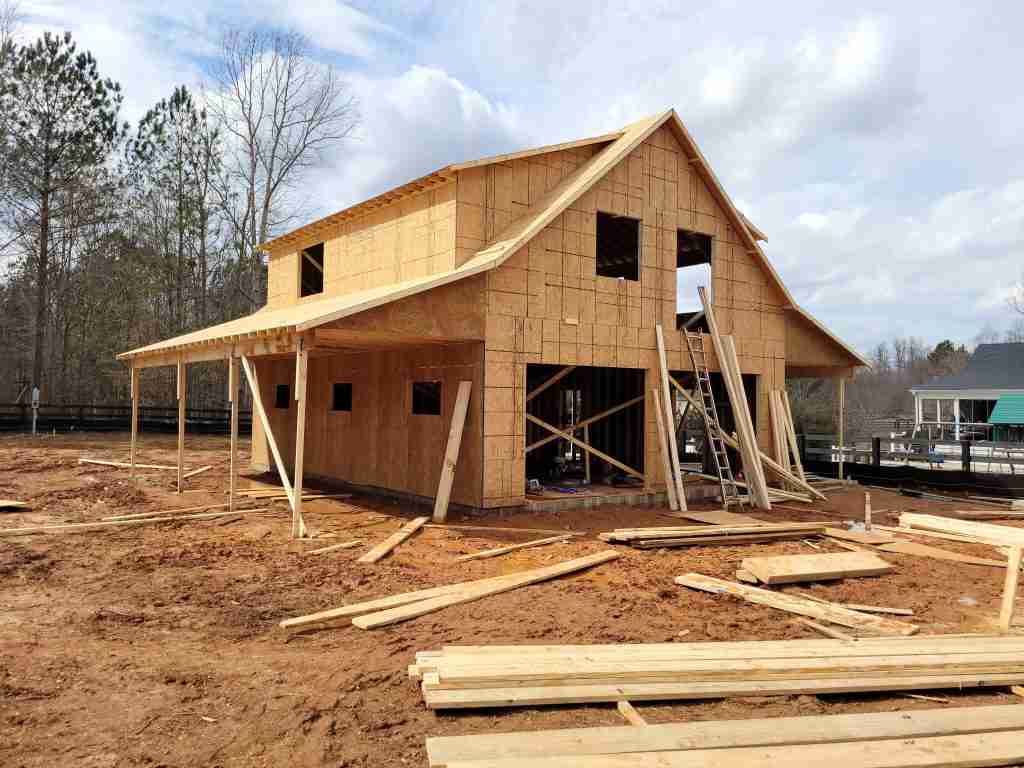
If you have already sorted out the details about the timing, location, and cost of your custom build, along with your preferences and requirements mentioned in the architectural program, then you can skip Part 1 and Part 2 of this checklist.
SELECT YOUR ARCHITECT
To begin building your project, it’s important to find an architect early in the process. Architects don’t just create plans; they help guide your vision, listen to your ideas, and assess what is feasible based on your resources. Working closely with an architect is crucial, so make sure you choose someone you can work well with. Don’t forget that you’ve already developed an architectural program and carefully considered your wants and needs.
To find an architect, you can try asking your friends and neighbors for recommendations. Alternatively, you can search for members of The American Institute of Architects online. Another option is to search for the architect who worked on a house you like by looking up the address’s permit history with the local building department.
Things to ask an architect before you hire them:
Architects typically charge a percentage of the final project cost along with an hourly fee for the initial planning. To help you visualize your plans, 3D rendering is often offered. It’s a good idea to select an architect who has experience working with your desired style.
During your first meeting with your architect, it’s important to discuss your budget, the timeframe for the project, and provide them with an architectural program. By sharing your vision, architects can better understand your project needs and determine if they are the right fit for the job.
HIRE A GENERAL CONTRACTOR
Now you know what you want, you hired an architect, and are starting the design. It is time to hire a general contractor. Most architects suggest hiring a contractor early in the design stages before plans are finalized. Discuss with your architect when the best time to hire a contractor is.
Remember — your general contractor is the one bringing your home to life; they are there when you aren’t, making sure everyone goes according to the plans. This is someone you have to trust and with whom you communicate well with. Hiring the right general contractor is vital to being happy with your custom home.
How to Find A Good General Contractor
How to Find a Contractor:
If you’re building a custom home in North Georgia or Atlanta suburbs, we would love to be considered to be your GC. We are luxury custom home builders and serve almost all of North Georgia.
Asking for referrals from your friends and family.
You can also ask your architect for recommendations, as they likely have experience working with builders and may even know one who specializes in building the type of home you want.
To ensure a successful contractor hiring process, follow these steps:
- Speak to past clients and inquire about their experience, including communication, setbacks or misunderstandings, and whether they would rehire them.
- Request images of their past projects. Any good builder will happily provide this.
- Request to meet the foreman who will be in charge of your project.
- Ask who will be working on your project and whether any subcontractors will be involved. Inquire about their selection process and whether they conduct background checks. Determine whether they work with these subcontractors regularly or only for one-off projects.
- Ask about suppliers and the materials they utilize. Keep in mind that the quality of the materials is just as important as the quality of the people building your project.
- Additional team members may be considered, such as an interior designer, kitchen and bath designer, or landscape architect, but it is not mandatory to hire them.
Monitoring the building process
- Insurance. Make sure there your general contractor has workman’s compensation insurance and general liability. In many places, contractors are required to hold active policies of both in order to be licensed. Get copies of both insurances for your records before building starts. Having good insurance can be protection against costly mistakes.
- Permits. Your builder should typically take care of this. Make sure this is the case and ensure that the correct permits are in place (or you will run into major problems with the local municipality, including fees and delays!).
- Don’t let payments get ahead of schedule.
- Inspections: Generally, your contractor is responsible for scheduling periodic inspections as required by your municipality. Confirm with your contractor that this is the case and find out the dates to ensure you can keep track.
Upon Completion of your house:
Ensure that your contract specifies who is responsible for post-construction cleaning. Typically, the builder is responsible for this task. Once the construction is complete, focus on enhancing the exterior of your house. Once everything is ready, you may unpack, move furniture in, and decorate the walls to make it feel like home. Finally, enjoy your new custom home, show it off to guests, have a housewarming party, and get to know your neighbors!
If you enjoyed this post, You’ll love our “20 Essential Things to Know When Building a Custom Home ” post here!
Inquire
Ready to build the life you've been dreaming of?
True Ridge Custom Homes is ready and waiting to bring your vision to life.

